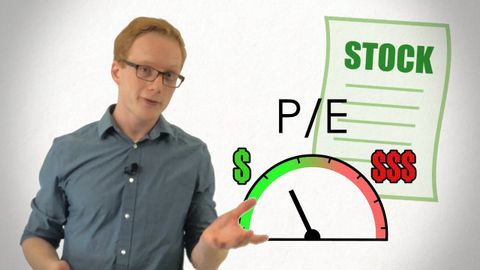股票倍數:如何辨別股票的便宜/昂貴程度 (Stock Multiples: How to Tell When a Stock is Cheap/Expensive)
az12345678xs 發佈於 2024 年 06 月 22 日  沒有此條件下的單字
沒有此條件下的單字- v.t.裝出;假裝;以為;(想當然地)認為;承擔;就任
- v.t./i.出現;估計;我認為〜;認為
- n.身影;(計算過的)數量;肖像;圖;形狀;人物;名人;人影;數字
US /ˈmʌltəpəl/
・
UK /ˈmʌltɪpl/
- adj.多重的;多種的;多發性的;多重的
- n. (c.)多;多個的;乘數
- pron.多重的
- n. (c./u.)條件;條款;期間;期限;學期;術語;關係;項;妊娠期;任期
- v.t.命名
